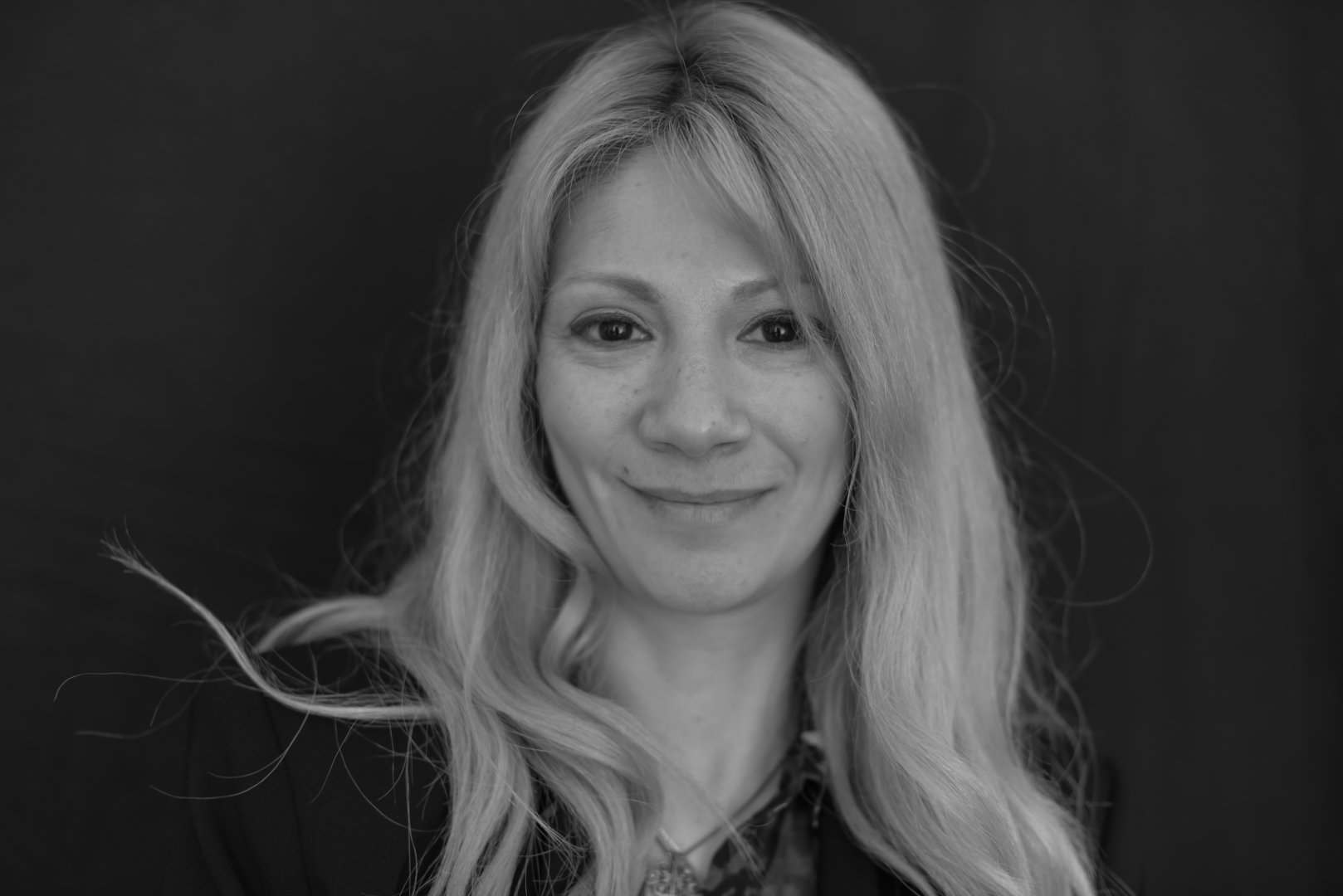
(Mihajlo Maricic / EyeEm)
“In order to run a healthy newsroom, you must have diversity”
IMS’ Head of Global Response Gulnara Akhundova talks diversity in media management, budding change and IMS’ commitment to promoting gender equality in media.
IMS’ Head of Global Response Gulnara Akhundova talks diversity in media management, budding change and IMS’ commitment to promoting gender equality in media.
What is your best advice for media that want gender equality in their newsrooms?
- Media management need to understand the benefits of gender equality and diversity. Management should participate in awareness-raising sessions and training that explain the financial, social and societal benefits having a feminist policy. It will make an impact on the quality of their newsroom and on their income.
- Get to know and listen to your audience. Always remember that your audience is not only comprised of men, so remember to take in the needs of all your readers, listeners and viewers. You will make better content, expand your audience and gain financial benefits.
- When you cover gender sensitive issues, be sure that you have the expertise. It is crucial that you know how to talk to a survivor of sexualised violence, for example. Training in gender sensitive reporting is important for editors and journalists everywhere, both men and women.
- Take the safety of women journalists seriously. Introduce safety training and gender sensitive newsroom policies. Make sure you have the knowledge, experience and equipment to make the women journalist in your organisation feel safe, both in the workplace and in the field.
- When reporting on gender sensitive issues, always keep a dialogue with relevant women’s rights organisations. It will result in better reporting, fewer mistakes, access to sources and bigger expertise.

Why is gender balance in media an important agenda at IMS?
First, there’s no democracy without gender equality – that is the notion we all must depart from. Second, in order to run a healthy newsroom, you must have diversity.
How big is the problem with gender inequality in media?
The numbers speak for themselves. Worldwide, 17% of top media management officers are women – the rest is occupied by men. Only 24% of all people heard, read or seen in media are women.
It is a problem everywhere. I can’t even say that it is less pronounced in some areas of the world or in some countries because everywhere I look, managerial positions in the media industry are mainly occupied by men.
What do you see as the biggest challenge?
The biggest challenge is to change mindsets, attitudes and deeply rooted beliefs. Stereotypes and patriarchal structures are deeply rooted in every country and environment IMS is present in. Breaking these stereotypes and transform these structures will not happen overnight. It is challenging, but we must be patient and acknowledge that this is a slow process.
What are the benefits of having a gender balanced newsroom and management?
First of all, a gender balanced newsroom provides diversity of opinions, voices and perspectives. All news stories are better if they include diverse voices and perspectives. Second, media is a business. Companies with diverse environments where gender equality is respected generate more income than companies that don’t.
What does IMS do to contribute to changing gender inequality in media?
When IMS works with advancing gender equality in and through the media, we try to affect both the diversity in the newsroom, management and content. We make sure that we can offer specialised training and guidelines for the safety for women journalists, and we focus on creating an enabling environment that encourages women to enter and stay in the profession.
Though IMS might initiate some of the developments, it is our partners that do the hard work of implementation. If IMS doesn’t exist tomorrow, I’m sure our partners would continue to push for gender equality just as they do today.
Do you have examples ofIMS’ work to promote gender equality?
In the Sahel, we have worked with a project to strengthen and amplify women’s participation in their communities through local debate clubs and community radio. In an area where women’s voices were rarely heard in media, the project now invites women to participate in formal debates on matters important for the local society, and the discussions are broadcasted on local radio. It increases female representation and portrays women as competent, active agents in their communities.
Do you see changes?
I do. Slowly, but steady we start to see positive changes happening in the media industry. Many are starting to discover their blind spots and want to improve – by gender monitoring their content, hiring more women in senior management, adapting to gender inclusive working conditions for women journalists and other initiatives. I firmly believe we are heading in the right direction towards a more equal media industry.




